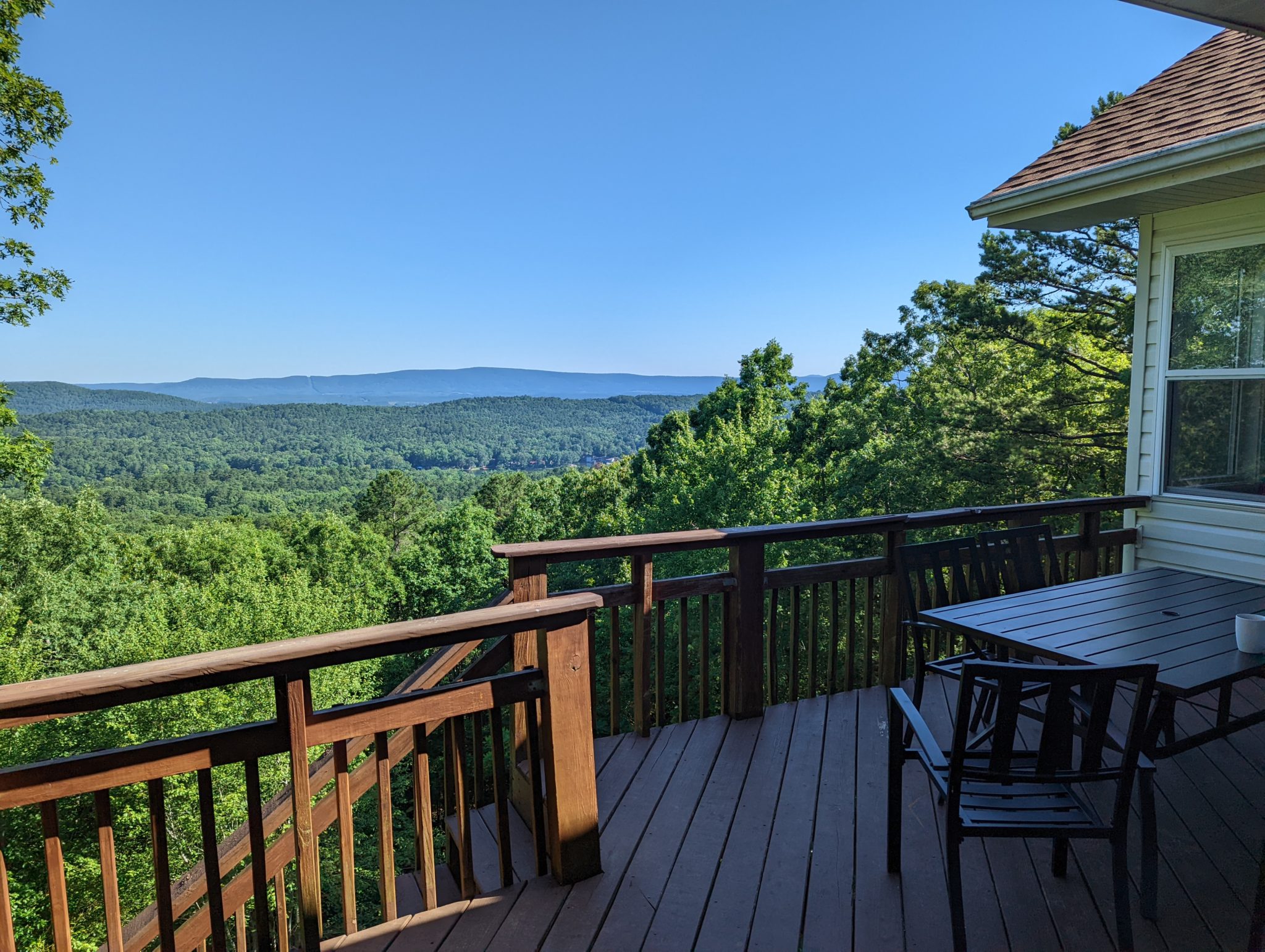
Yesterday’s drive to Muse Mountain took us out the “East Gate” of Hot Springs Villiage, which was at least a thousand miles (well, fifteen miles that takes twenty-five minutes anyway) from the west gate we’d been closer to so far.
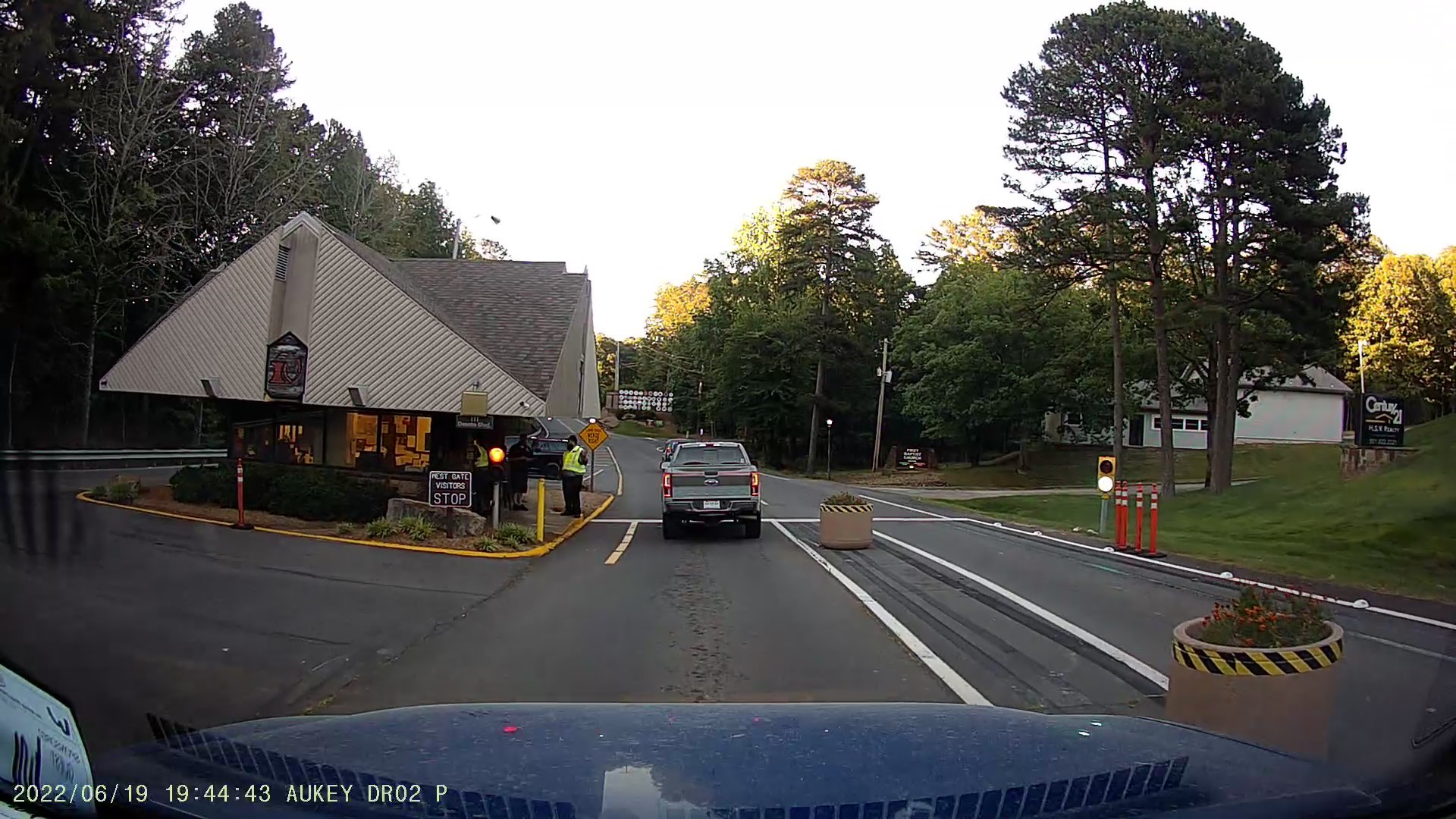
Hot Springs Village is a census-designated place (CDP) in Garland and Saline counties in the U.S. state of Arkansas. […] In land area [of 26,000 acres], it is the largest gated community in the United States.
Wikipedia.
Every gated or exclusive community was built, overtly or quietly, to keep out one demographic or another. Initially, we weren’t sure which, until we realized: us. For now, anyway.
The Hot Springs Village master plan began as a retirement community, founded in the early 70s. Though of its 15,800 residents as of the 2020 census, it is 91% white as well…
Hot Springs Village was founded in 1970 when John A. Cooper Sr. decided to develop the 20,000 acres of land into a retirement community modeled after two of his other successful planned communities, Cherokee Village (Sharp County) and Bella Vista (Benton County). […] His plan was to create a peaceful retirement community in a natural setting that would offer all modern-day conveniences without the hassle of living in an urbanized city. Unlike his other two communities, Hot Springs Village was created as a gated community in order to provide security for its residents and as an experiment to see if the gated community would result in more residents than the non-gated communities.
Encyclopedia of Arkansas.
The Wikipedia page has a suspiciously brief “Crime” section, touting not crimes, but how rare crime is. There has to be more to that story. And keeping that clean must be the covert responsibility of someone in the “Hot Springs Village Property Owners’ Association,” the private organization led by a board of 7 and employing nearly 500 people.
The land on which Hot Springs Village was developed was known as the “dark corner” of Garland County on account of its lawless reputation. Before 1873, the Hot Springs Village area was known as Marble Township and was located in Saline County. When Garland County was formed in 1873, the township was split in half. Although this area contained a small population, several communities developed, driven mostly by farmers in Marble Township. Heavily populated with moonshiners and active members of the Ku Klux Klan, this small township became a place many settlers avoided.
Interesting…
And even our mansion in all its luxury, we still referred to as the “cocaine palace” given some odd features: the day-bed-only bedroom that locked from the living room… the screen porch with hammock that locked from the outside… the overturned wheelbarrow in the trees by the exit stairs, the bedroom on the lowest level that had an open walkway into a gargantuan but sparsely appointed toilet room… and the door in that walkway which didn’t lock and led to an unfinished basement.
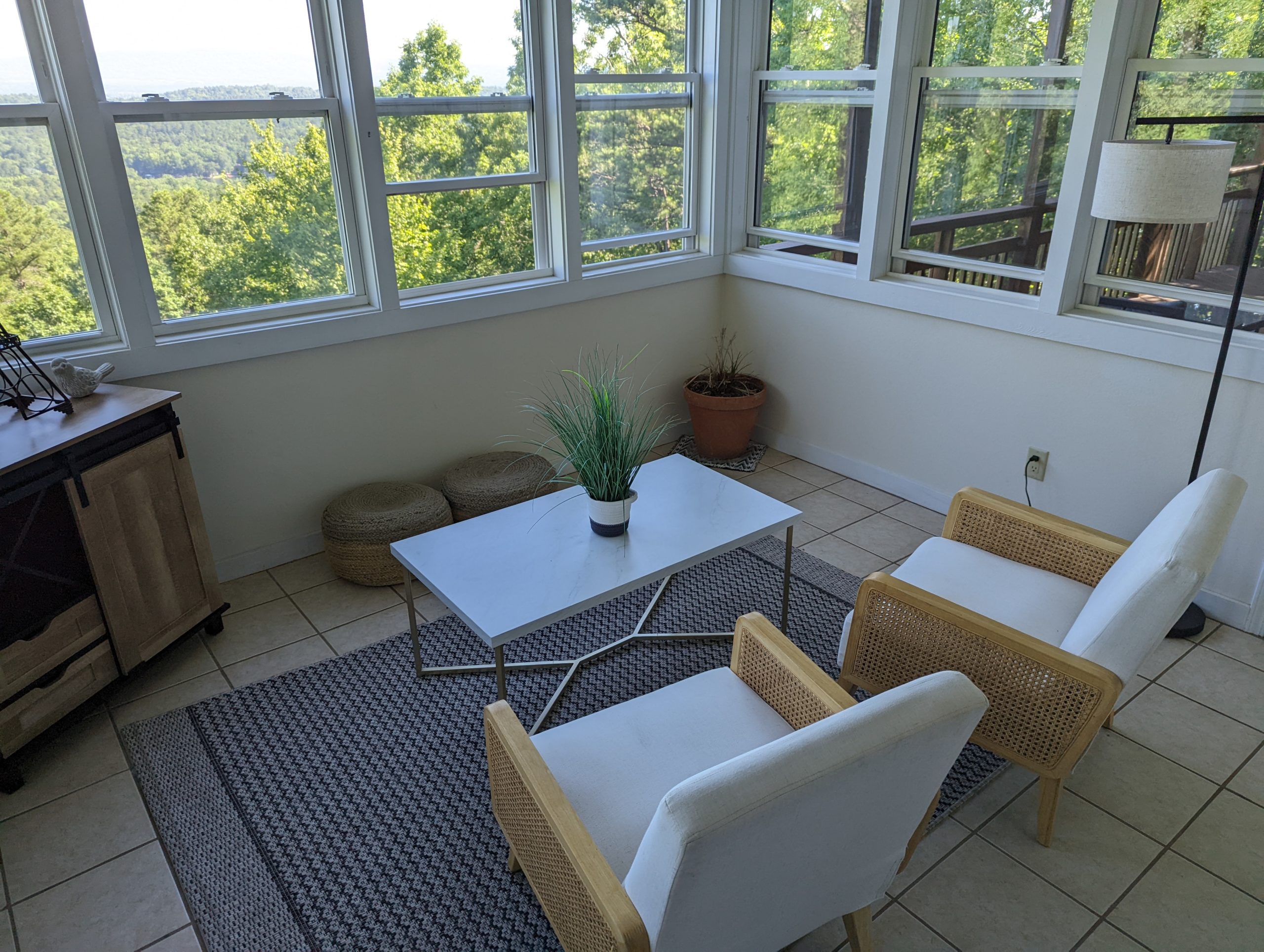

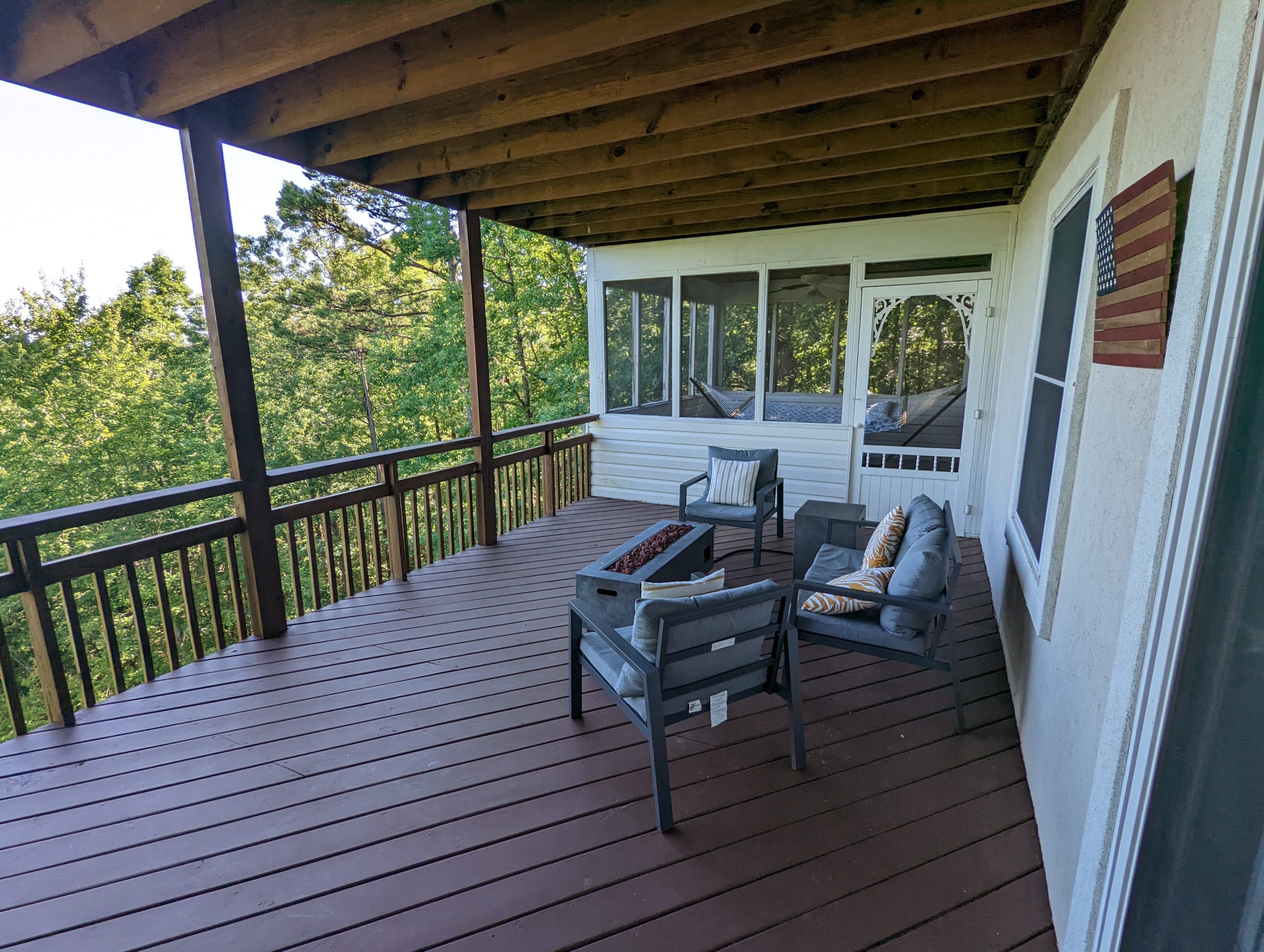
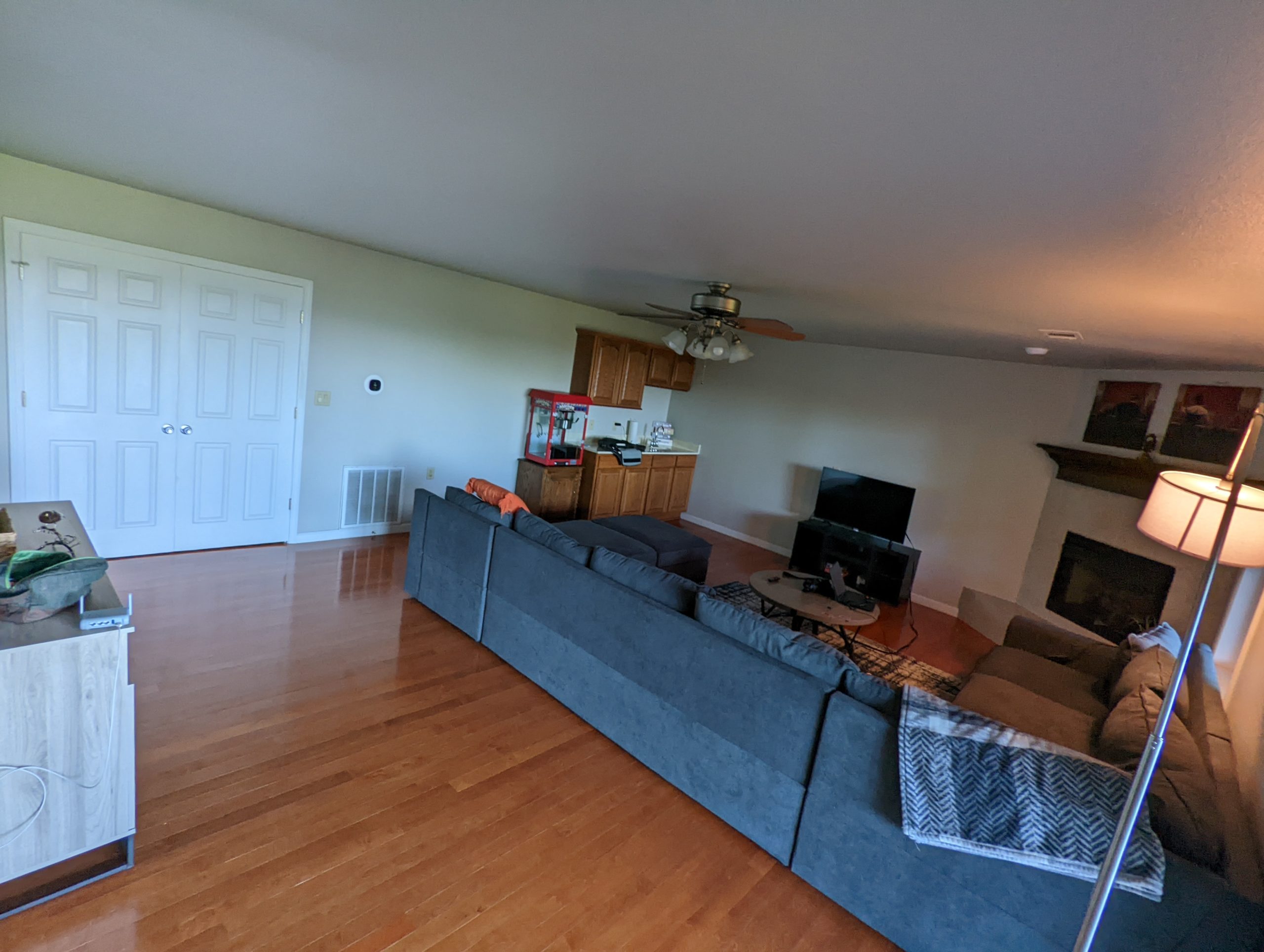
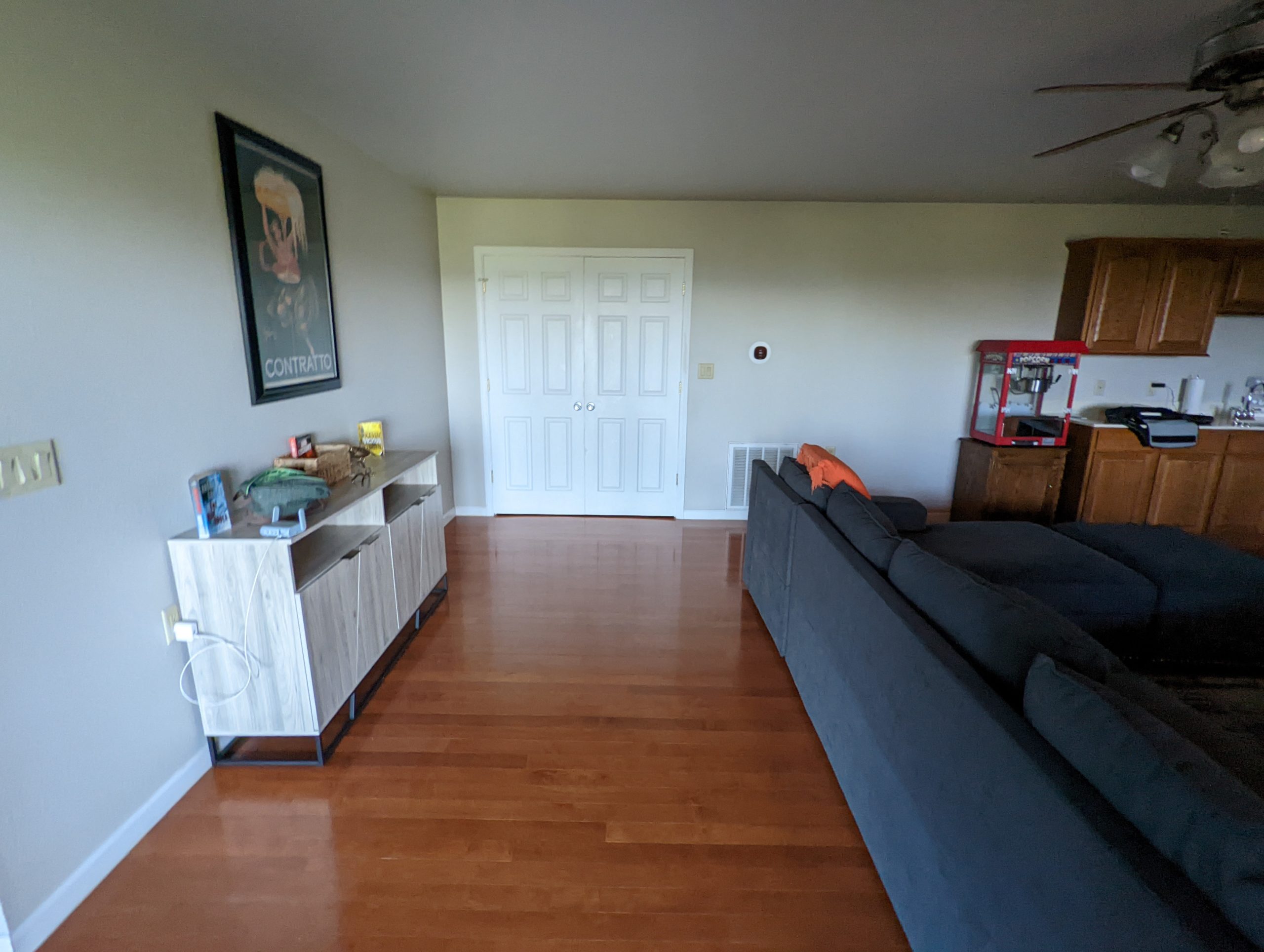
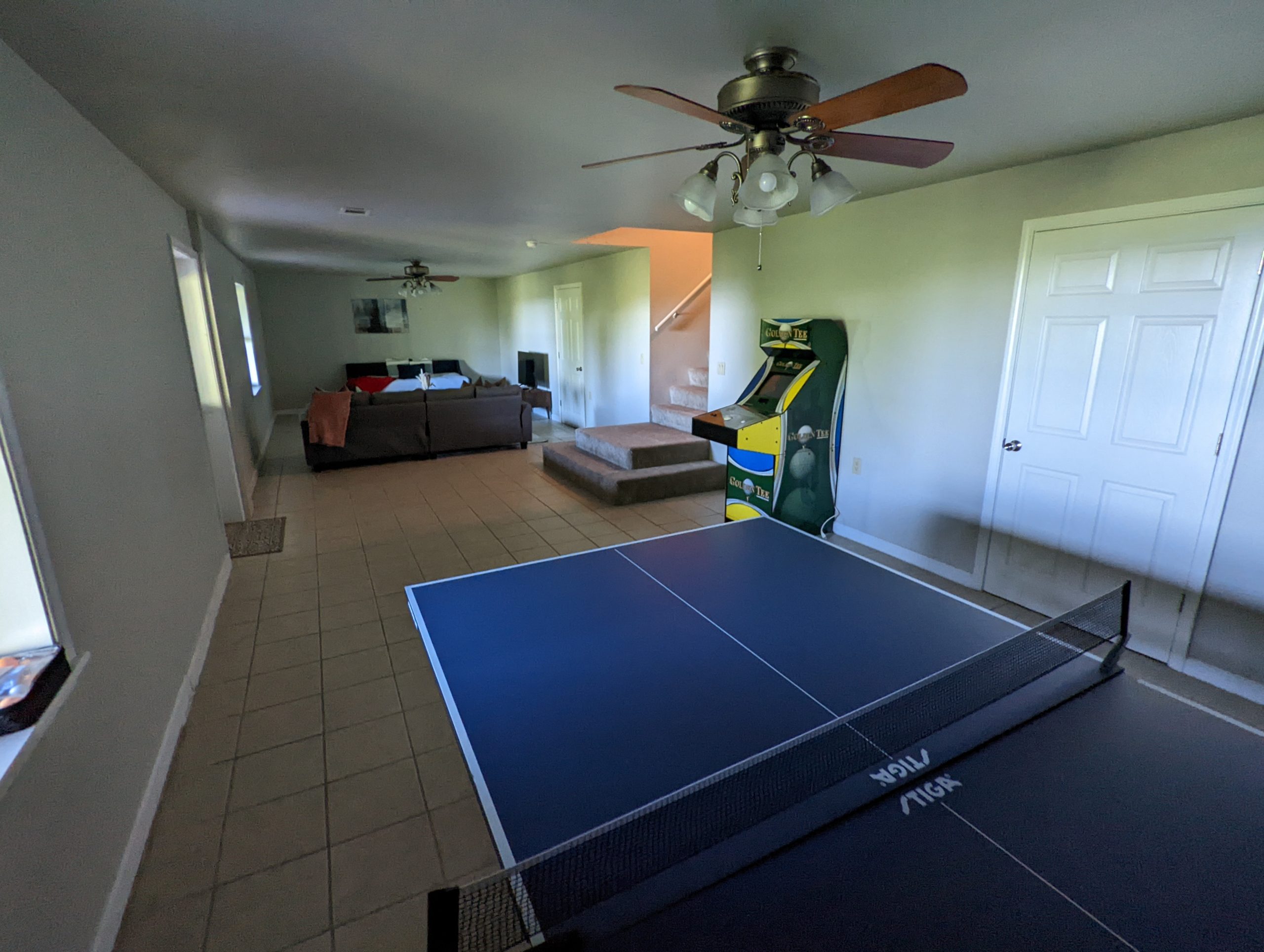
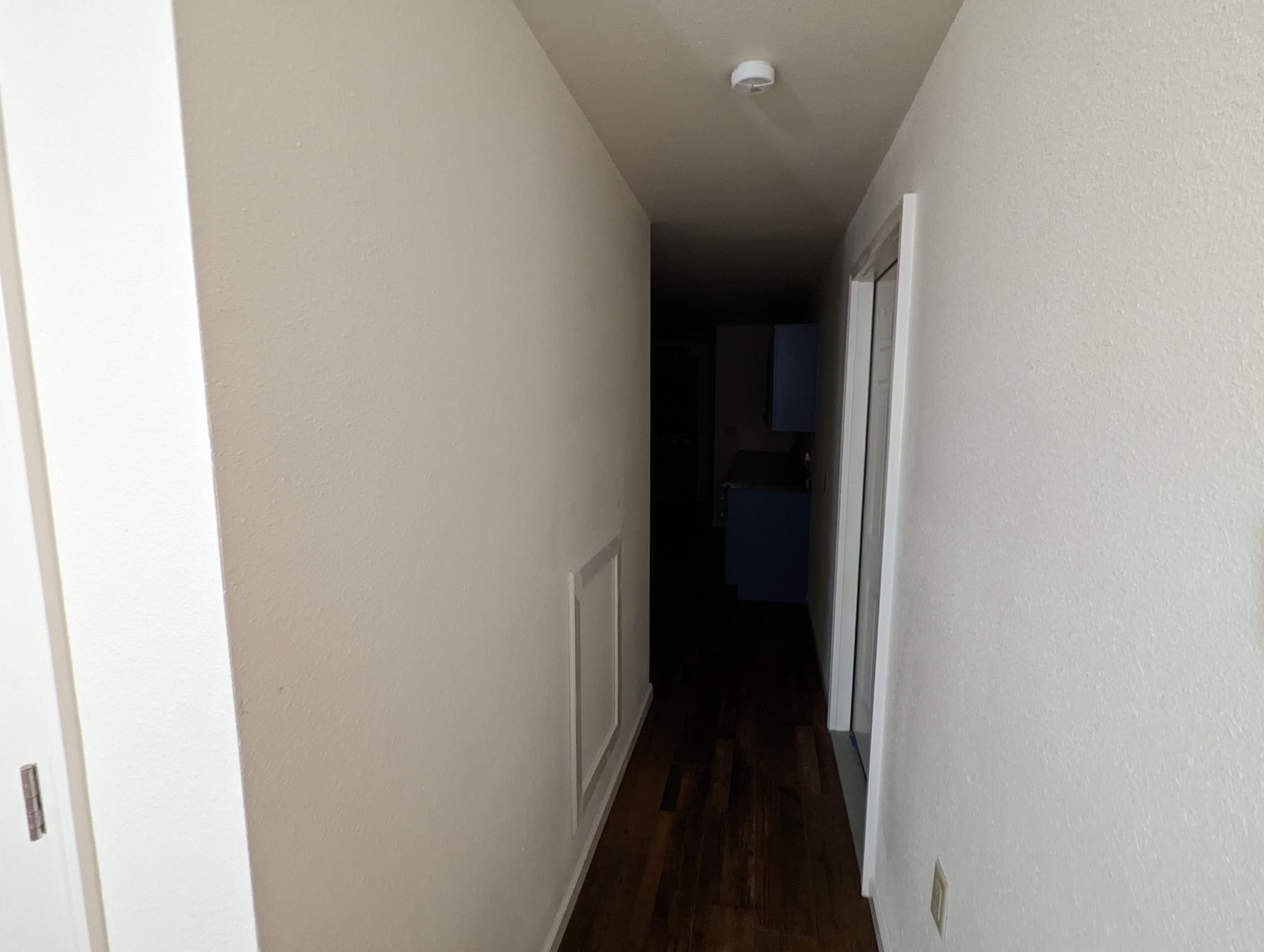
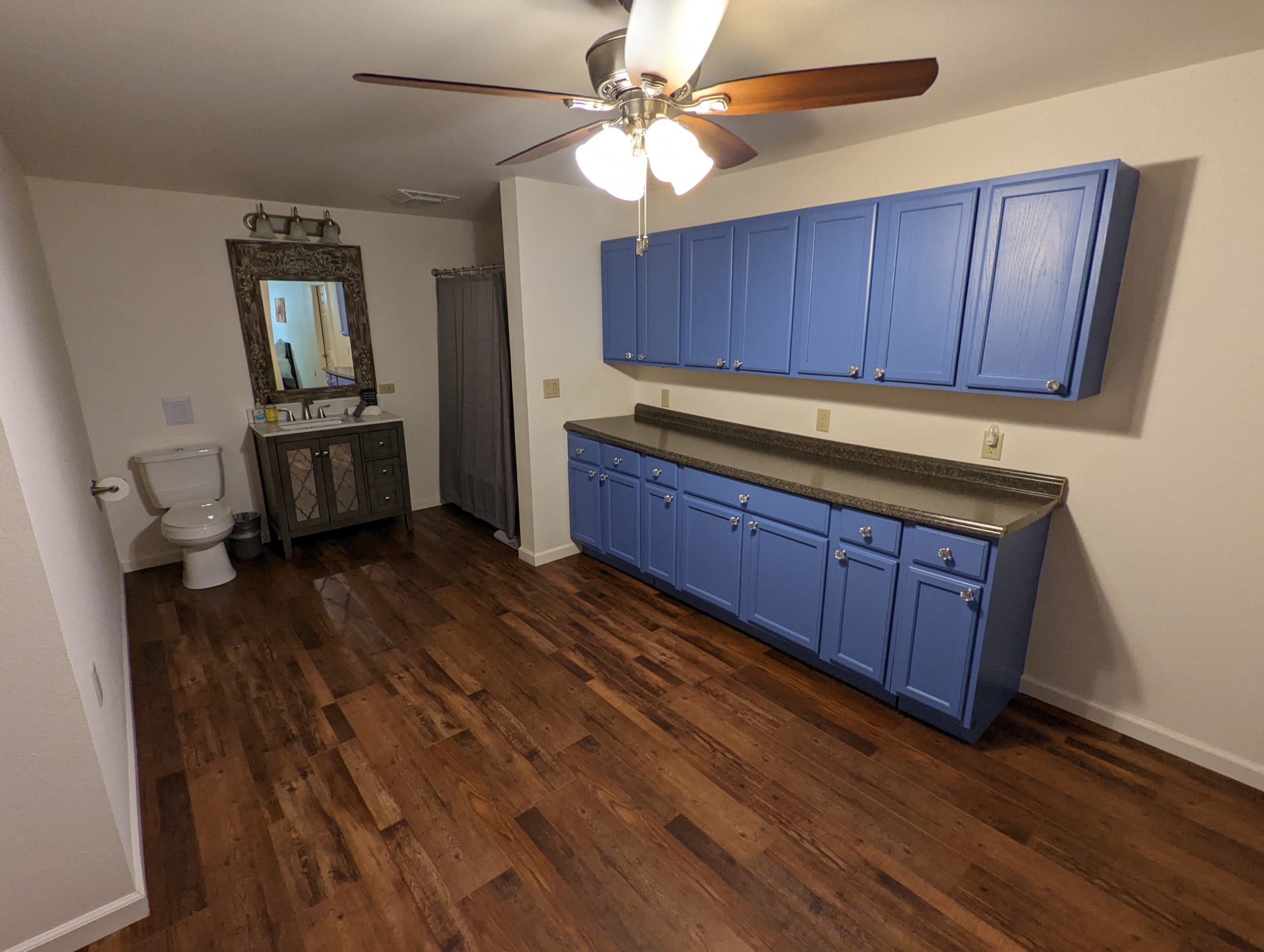
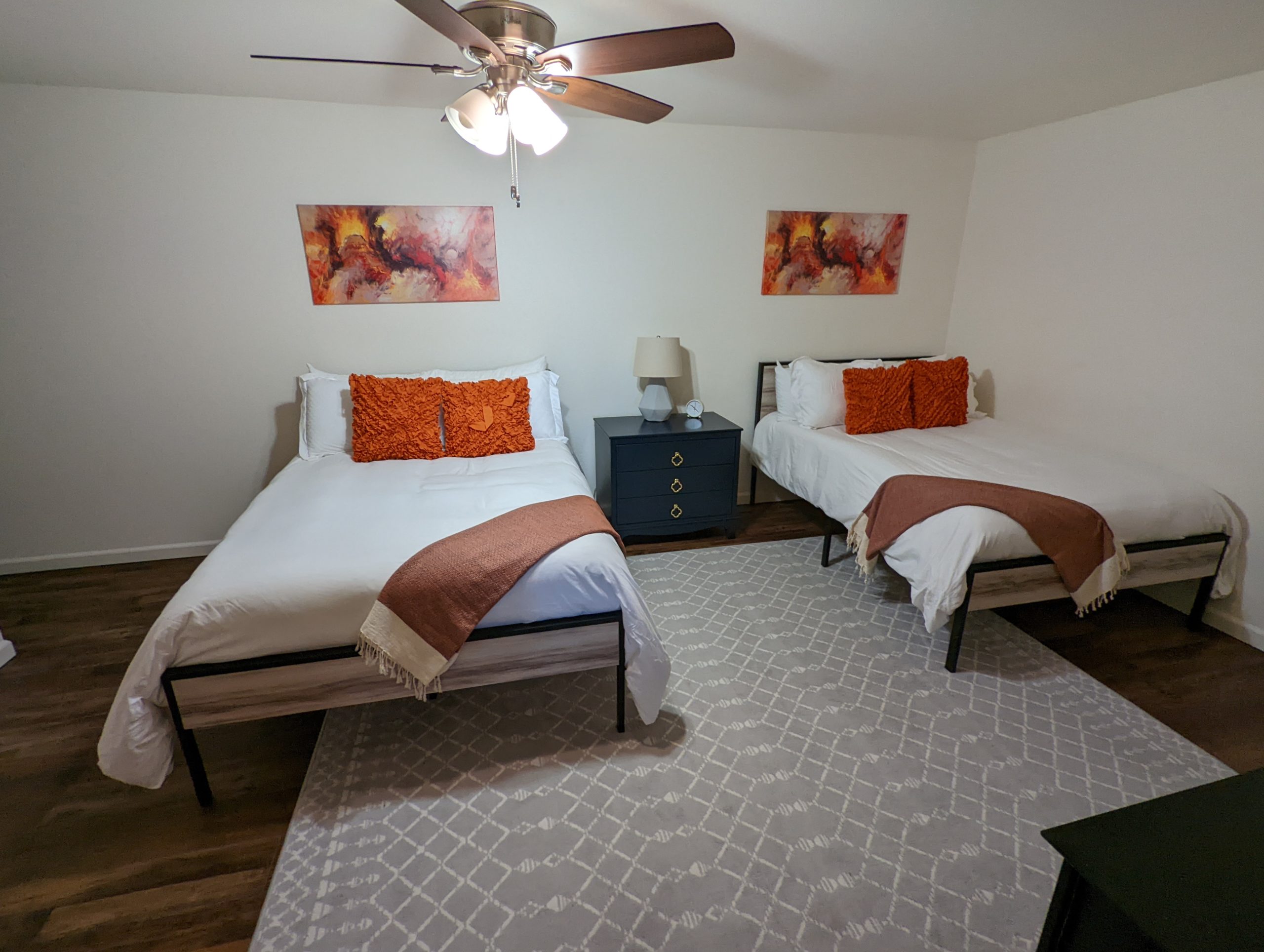
Hot Springs Village also boasts twenty-one separate churches within its borders; leads one of the largest bridge clubs in the United States; runs the only 5-star tennis association in the state; maintains thirty miles of walking trails, eleven lakes, nine golf courses, two beaches, two full-service marinas, and two community/convention centers; and hosts the Ms. Arkansas Senior America Pageant.
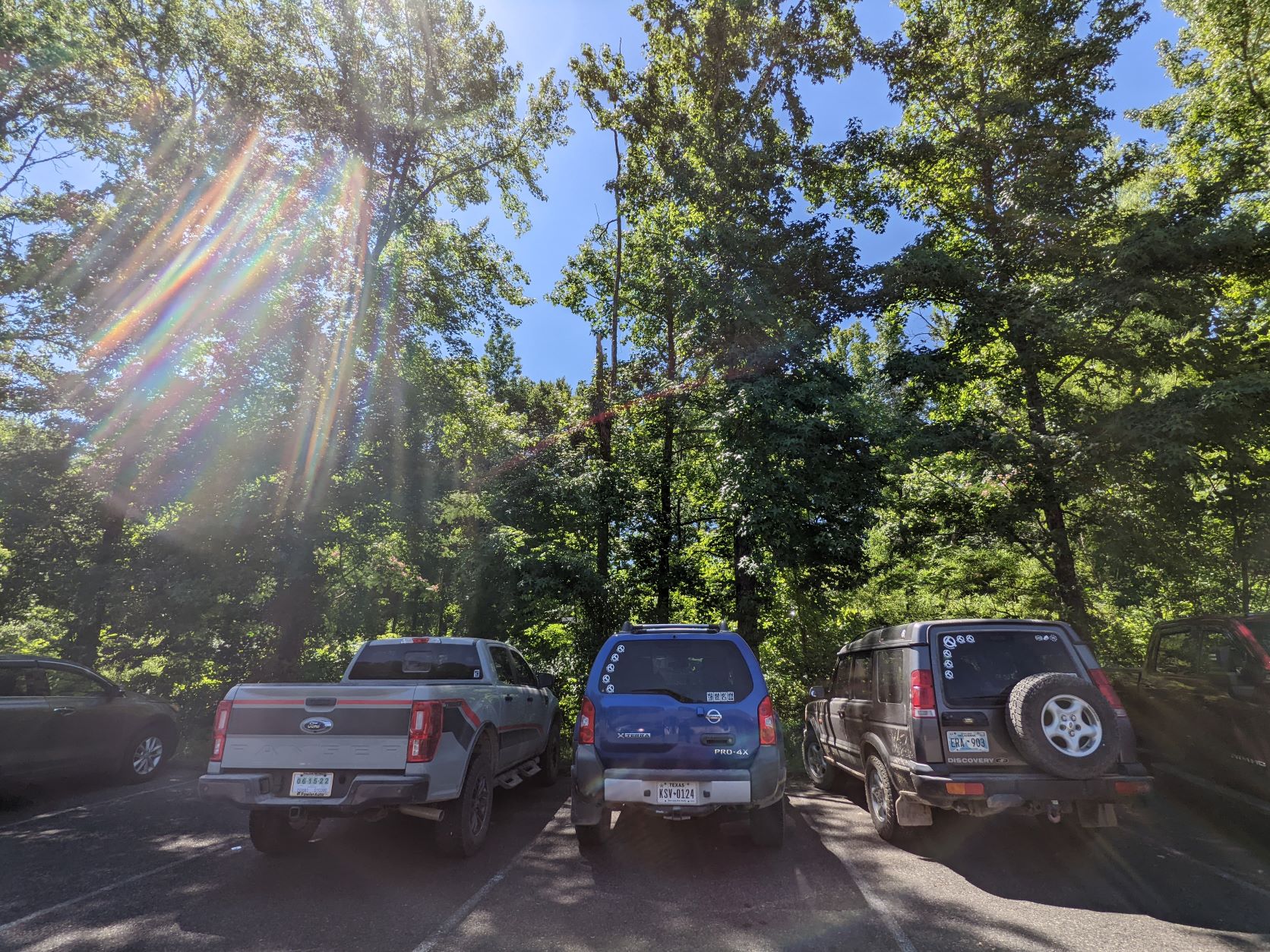
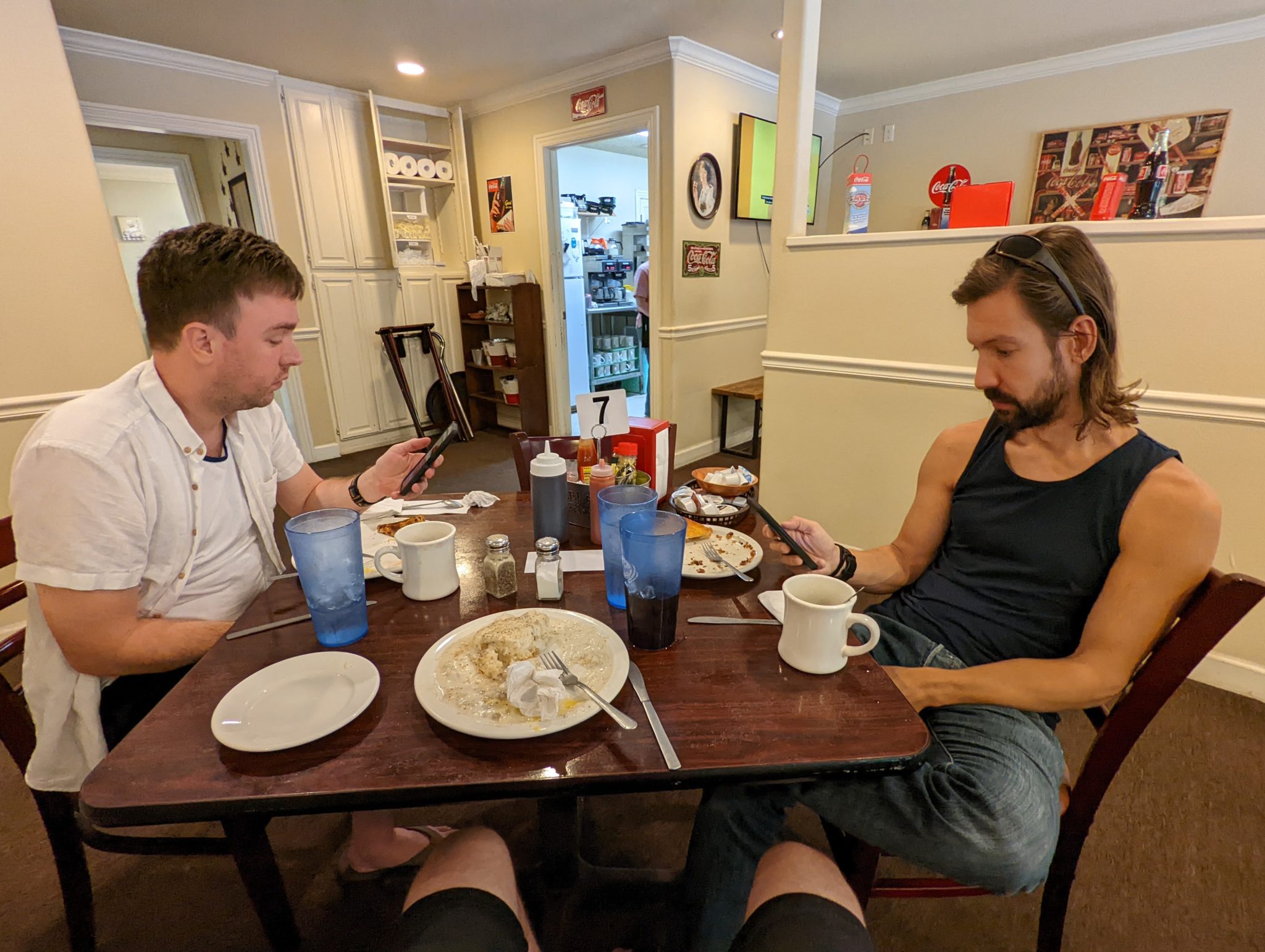
We read all of this last night and partly this morning over breakfast at Debra’s, the greasy-spoon diner in the center of town where we slowly reconnected with the outside world over too much coffee. From there, we headed off in opposite directions on the lengthy drive to an exit gate and then back home. It’s a weird place, but I am glad we stopped here, and I will never get over this porch.
